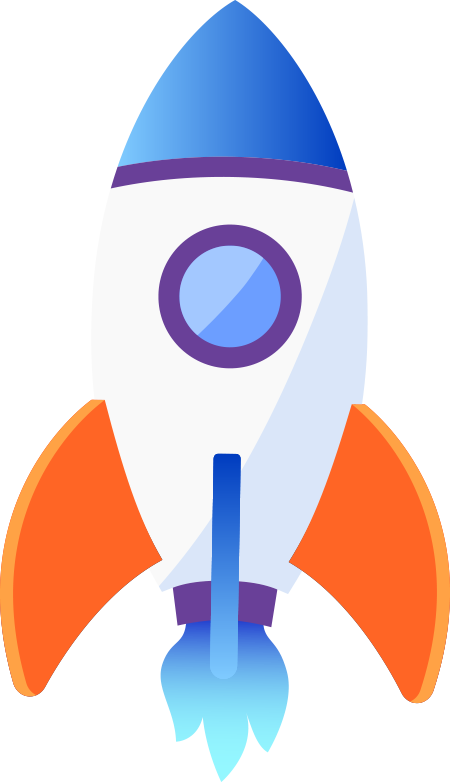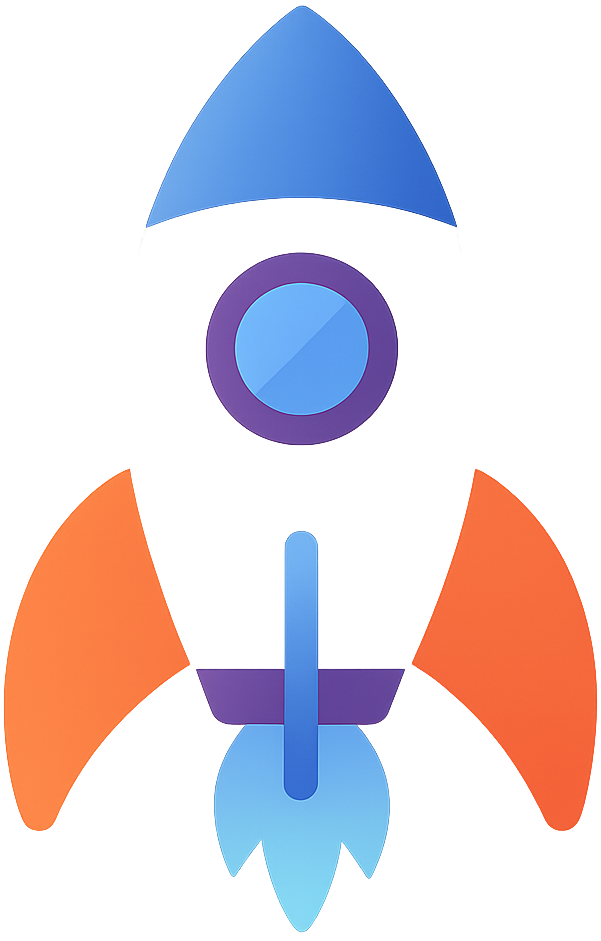
Daily, Weekly and Monthly Routines That Improve AI Sales Operations
Implementing AI-driven sales systems is only the beginning. The teams seeing the highest performance gains are those that manage their AI pipelines with consistent daily, weekly, and monthly routines. To explore additional implementation resources, visit the AI Sales Tutorials & Guides category.
This guide breaks down the exact operating rhythms used by companies running thousands of automated conversations per month. These routines are rooted in the same structure that powers the AI Sales Force platform, designed to scale fully autonomous booking, transfer, and closing systems.
To compare this with a complementary tutorial, review the sibling article Full-Funnel Sales Automation: How to Build a Seamless AI Pipeline From Lead to Close, which explains the architecture behind the operational routines you’ll optimize here.
For additional insights into performance optimization and throughput efficiency, revisit the analysis in The Rise of Intelligent Sales Automation Platforms: What Actually Works in 2025.
The Three Layers of AI Sales Operations
Every AI-driven sales operation has three components:
1. Conversation Engine — The AI agents running the booking, transfer, and closing logic
2. Pipeline Infrastructure — Calendars, CRMs, routing rules, scoring systems, compliance steps
3. Operational Routines — Daily, weekly, and monthly management cycles
The third layer is the least understood and most neglected—but also the most important for long-term consistency and scale.
Daily AI Sales Operations
Daily routines keep the system healthy, responsive, and aligned with buyer behavior. Most teams complete these in 15–25 minutes per day.
1. Monitor Conversation Health
Look for:
• Completion rate trends
• Drop-off patterns
• Objection frequency
• Payment conversion consistency
Small dips often reveal friction in one step of the funnel—usually qualification logic, transfer timing, or offer framing.
2. Verify Booking & Show Rates
Review:
• Daily appointment volume
• Show-up percentage
• No-show reasons (if captured)
• Bookora rescheduling patterns
Efficient systems use Bookora to run appointment management automatically, reducing human workload by 80–95%.
3. Check Live Transfer Quality (Transfora)
Look for:
• Failed transfers
• Routing errors
• Incorrect context summarization
• Timing mismatches
Transfora eliminates warm-transfer failures, but daily checks catch operational issues like calendar conflicts or human rep availability gaps.
4. Review Closora’s Closing Activity
Closora’s daily metrics show:
• Conversion rate
• Objection types
• Payment-before-intake success rate
• Offer tier selection patterns
Closora is the only AI closer capable of running full sales presentations, addressing objections, and collecting payment BEFORE intake. Daily review of payment executions is the fastest way to detect offer friction.
Weekly AI Sales Operations
Weekly routines focus on diagnosing patterns and optimizing performance across larger sample sizes.
1. Analyze Qualification → Booking Flow
Look for:
• High-intent leads not booking
• Low-intent leads consuming time
• Qualification drop-off points
• Scoring logic misalignment
A 10% improvement in early-stage qualification often increases total revenue by 15–30%.
2. Evaluate Objection Trends
Objections reveal both:
• Buyer psychology shifts
• Offer clarity issues
AI logs every objection, making patterns obvious—something human SDRs never track reliably.
3. Optimize Tier Presentation Logic (Closora)
Each week, analyze how Closora sequences:
• Value framing
• Tier comparison
• Urgency messaging
• Risk reversal
Minor updates here often lead to major revenue gains.
4. Adjust Offer Positioning Based on Data
Common weekly updates include:
• Shortening scripts
• Clarifying benefits
• Refining follow-up paths
• Adding new social proof points
AI provides a clearer picture of buyer decision-making than any human team ever could.
Monthly AI Sales Operations
Monthly routines focus on strategic improvements, scalability, and predictive forecasting.
1. Reassess Lead Quality Distribution
Look for changes in:
• Source profitability
• Qualification scoring reality
• Audience shifts
• Offer-market fit changes
Small adjustments to your scoring model can increase total closed revenue by 20–40%.
2. Expand AI Coverage (More Agents / More Hours)
Businesses often scale by:
• Adding more booking hours
• Increasing conversation throughput
• Handling more inbound calls
• Expanding multilingual support
These expansions are managed through the AI Sales Force, which allows for multi-agent scaling at enterprise volume.
3. Conduct Full Funnel Review (Lead → Payment)
This process identifies:
• Drop-off points
• Objection peak trends
• Sales psychology friction
• Time-of-day performance patterns
• Offer sequencing issues
Because Closora collects payment BEFORE intake, even minor friction in this layer has immediate revenue impact—and must be addressed monthly.
4. Update Compliance & Disclosure Logic
Monthly updates ensure:
• Outreach compliance
• Consent collection
• Disclosure accuracy
• Industry regulation alignment
AI enables perfect compliance execution—as long as scripts and sequences are reviewed regularly.
Operational Dashboards to Track
High-performing AI-driven teams use dashboards tracking:
• Appointment booking rate
• Transfer success rate
• Closing rate
• Payment conversion
• Objection patterns
• Funnel velocity
• Daily talk time
These dashboards effectively replace the manual reporting that human SDR and closer teams rely on.
Final Thoughts: AI-Powered Sales Operations Are the Future
AI sales systems outperform traditional teams because they run predictable, psychologically structured conversations at scale—without fatigue, inconsistency, or performance drop-off. Bookora, Transfora, and Closora create a predictable revenue engine when managed with the daily, weekly, and monthly routines outlined above.
For businesses ready to scale their autonomous sales operations, compare available tiers on the AI Sales Fusion pricing page.


